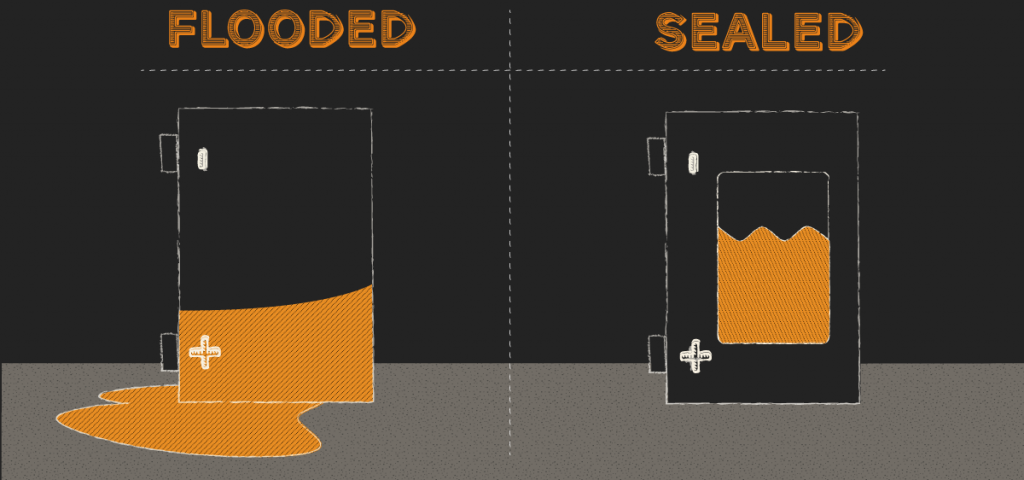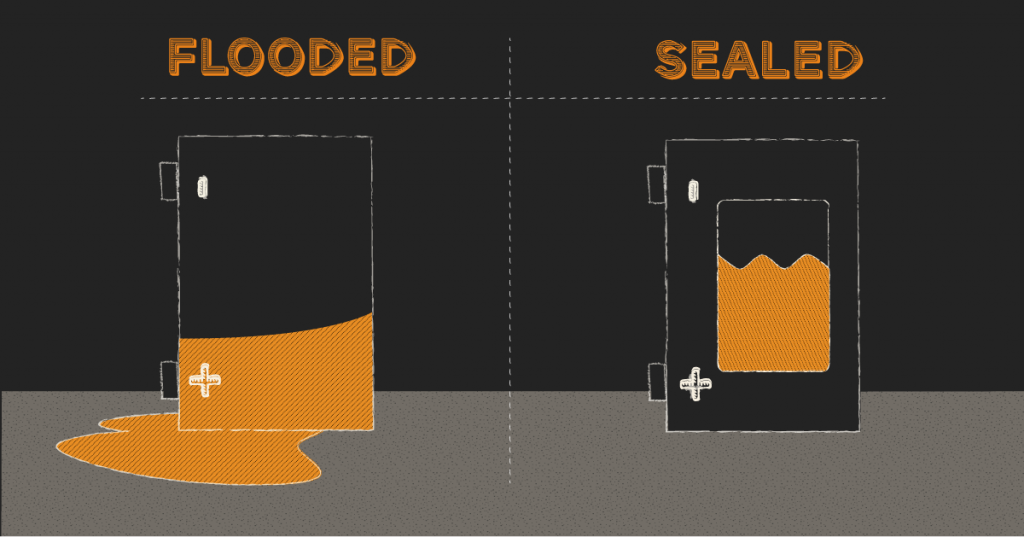Lead-Acid Battery Comparison: Pros and Cons of Flooded, Sealed, AGM and Gel Batteries
Batteries come in many shapes and sizes. In the solar industry, two battery chemistries work well for our purposes: lead-acid and lithium.
We’ve written an in-depth comparison of lead-acid vs. lithium batteries previously on this blog, but here are the Cliff’s Notes: lithium is the premium option, with a longer lifespan and fewer maintenance requirements. Lead-acid costs much less up front, but regular check-ins are required to keep the battery bank working properly.
This article will focus on the differences between the main lead-acid battery types used in the solar industry. You’ve got flooded lead-acid and sealed lead-acid batteries, and the latter group can be broken down into AGM (absorbent glass mat) and gel batteries.
Every battery type has a different purpose and use case, so let’s go over the pros and cons of each.
AGM (Absorbent Glass Mat) Batteries
Absorbent Glass Mat batteries are the most popular VRLA battery because they can work in a wide range of conditions. The electrolyte is suspended in a thin fiberglass mat that is situated between the lead plates. This allows the battery to be resistant to vibration, which makes them a great choice for RV and other mobile applications.
They can also be mounted in any orientation. It is common to see them mounted on their sides for convenient placement and wiring.
AGM batteries are more expensive than flooded lead-acid batteries, and they do not last quite as long. But for that extra price, you get the luxury of not having to maintain the batteries or deal with as much gas that is released during the charging phase.
They are perfect for mobile applications, places where leaked acid would be problematic, remote locations where maintenance will not be possible on a regular basis, and places where the batteries could be subject to extremely cold temperatures.
Flooded Lead-Acid Batteries
For many years, the flooded lead-acid battery has been the standard in the solar industry. This type of battery is also used in golf carts and forklifts. They are the most cost effective and longest lasting of the lead-acid batteries.
Flooded lead-acid batteries contain an electrolyte that is free to move around in the battery encasement. When charged, the battery acid and lead plates react to store electricity.
These batteries are meant to be mounted upright so that the electrolyte does not leak out of the caps on top. (Since sealed batteries are…well, sealed, you can mount them in any orientation without fear of them leaking. Not the same for flooded batteries.)
While this is the most economic battery on the market, it will only reach its potential lifespan if they are maintained properly. The levels must be checked monthly and topped off with distilled water to ensure the longest possible lifespan.
Note: flooded lead-acid batteries release toxic hydrogen gas when charging. They need to be enclosed and vented to the outside to prevent this gas from being trapped and creating a hazardous environment.
Sealed Lead-Acid Batteries
The sealed lead-acid batteries are very similar to the flooded version, but there is no access to the inside compartment. This means that you do not have to add distilled water. The electrolyte is sealed inside, and there is enough to allow the battery to live out a calculated number of cycles.
You sometimes see these referred to as VRLA (valve regulated lead-acid) batteries, because they have a small valve to allow for the escape of the gasses that occur during charging.
Gel Batteries
Gel batteries are another VRLA battery very much like an AGM, but they use a thick paste that allows the magic to happen rather than the fiberglass mat.
The main difference between gel and AGM batteries is the charge rates. AGM batteries can handle higher charge and discharge rates than gel batteries.
Gel batteries are the most costly of the VRLA batteries, but excellent candidates for projects that need a very slow deep discharge. They also last a bit longer in hotter temperatures, so you might pick them if you are concerned about high ambient temperatures in the space where the batteries are enclosed.
Gel batteries are more expensive than other lead-acid battery types, so they are not ideal outside a handful of specific solar applications (very hot climates, mainly). The technology has been eclipsed by other battery types that have been developed more recently.
It is very common for people to mistake a Gel for an AGM, and this can affect the lifespan of the battery. Gel batteries are the most sensitive of the VRLA batteries, and It is critical that the correct charging parameters are used when you have a Gel battery in your application.
By


